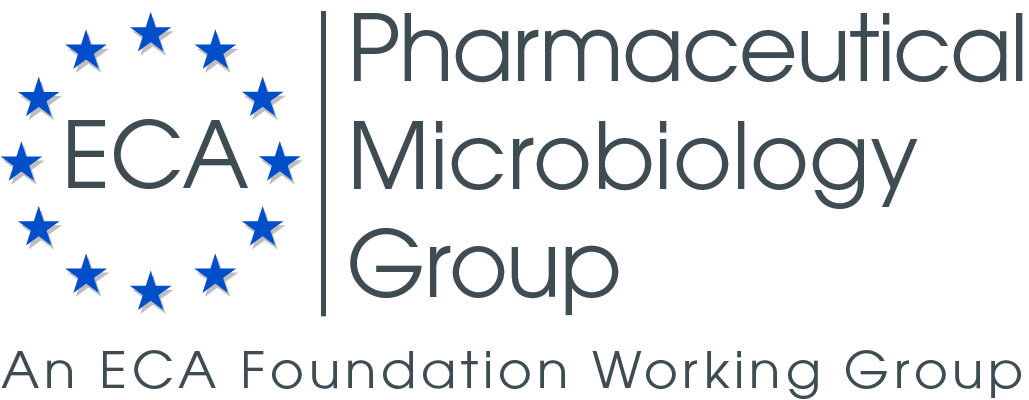-
Validation of a NAT-based Mycoplasma assay according European Pharmacopoiea - more
-
! NEW ! Retention of Acholeplasma laidlawii by Sterile Filtration Membranes: Effect of Cultivation Medium and Filtration Temperature - more
Deutschmann SM, Kavermann H, Knack Y.
http://www.ncbi.nlm.nih.gov/pubmed/20207553
Abstract
Eucaryotic expression systems are widely used to produce biologicals for human use, e.g. vaccines, recombinant proteins and monoclonal antibodies. As part of the safety testing the current U.S. Food and Drug Administration (FDA) regulatory guidelines as well as several European Pharmacopoiea monographs requests the demonstration of the absence of Mycoplasma in the cell culture in the bioreactors prior to harvest and further downstream processing. In recent years progress has been made in the development of a sensitive NAT-based method for the detection of Mycoplasma species in CHO cells, e.g. Eldering et al. This method is based on a nucleic acid amplification technique using a very sensitive touch-down PCR-profile. The presence of mollicutes DNA in the test specimens is determined by an approx. 450 bp target sequence which is amplified and this amplicon is finally detected by polyacrylamide gel electrophoresis. Based on this method a ready-to-use test kit was developed. In this report the validation of both method variants according the European Pharmacopoiea monograph 2.6.7 "Mycoplasmas" is described. The validation demonstrated the robustness and precision as well as a sufficient specificity of both assay formats. The validated sensitivity fulfills the requirements of the European Pharmacopoiea for a PCR-based method proposed as an alternative to the time consuming indicator cell culture and the culture method for the detection of Mollicutes (requested sensitivity of at least 10 colony-forming-units/mL).
|
|
Helling A, König H, Seiler F, et al.
PDA J Pharm Sci and Tech 2018, 72 264-277
https://www.ncbi.nlm.nih.gov/pubmed/29343618
Abstract:
This experimental study compares cell size, zeta potential, and the ability to penetrate tailor-made size exclusion membrane filters of mycoplasma Acholeplasma laidlawii cultivated in five different cultivation media. The influence of relevant filtration process parameters, in particular transmembrane pressure and filtration temperature, on their respective retention was tested. The impact of the filtration temperature was further evaluated for the Gram-negative bacteria species Brevundimonas diminuta, the Gram-positive bacteria species Staphylococcus epidermidis, the Pseudomonas phage PP7, and the mycoplasma species Mycoplasma orale. The findings were correlated to the different mechanical properties of the particles, especially also with respect to the different bacterial cell envelopes found in those species. This study suggests that mycoplasma, surrounded by a flexible lipid bilayer, are significantly susceptible to changes in temperature, altering the stiffness of the cell envelope. Mycoplasma retention could thus be increased significantly by a decreased filtration temperature. In contrast, Gram-negative and Gram-positive bacteria species, with a cell wall containing a cross-linked peptidoglycan layer, as well as bacteriophages PP7 exhibiting a rigid protein capsid, did not show a temperature-dependent retention within the applied filtration temperatures between 2 and 35 °C. The trends of the retention of A. laidlawii with increasing temperature and transmembrane pressure were independent of cultivation media. Data obtained with mycoplasma M. orale suggest that the trend of mycoplasma retention at different filtration temperatures is also independent of the membrane pore size and thus retention level.
|



